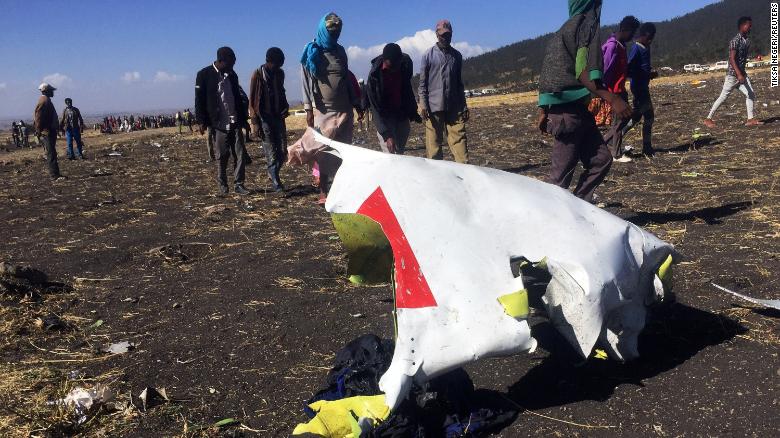Ethiopian Airlines Crash kills 157 passengers, 35 nationalities
Tibebe Gebis
On March 10, the Boeing 737 MAX 8 flew for approximately six minutes before crashing near Bishoftu, Ethiopia. The plane was scheduled to fly from Bole International Airport in Addis Ababa, Ethiopia to Jomo Kenyatta International Airport in Nairobi, Kenya. The crash killed all 157 passengers and crew onboard. This was a saddening day for many people and plenty memorials have been held for the lives lost, including the T.C. Ethiopian/Eritrean Club, that held a candlelight vigil on Friday, March 29 and released one balloon for each of the different nationalities of the victims.
In the incident, the pilot of the Ethiopian Airlines plane initially sent out a distress signal, but was cleared to fly. Simply six minutes after departure, the plane crashed. The plane, a Boeing 737 MAX 8 — was merely four months old and had already stirred controversy considering the fact that the same type of plane perished about five months prior. The previous flight — Lion Air Flight 610 — crashed into the Java Sea this past October. Reasons for the Lion Air crash were due to instrument failures that are tied to a possible design flaw in the maneuvering system of the Boeing 737 MAX series and similar to that of the Ethiopian Airlines crash. This raised concerns in Boeing’s new model leading it to be grounded worldwide.
The accident postulated a new challenge for Ethiopian Airlines. Ethiopian has already endured years of political turbulence and a transition from a socialist to a market-based economy. This crash is not only a setback for Ethiopian as a thriving aviation company but also puts emotional impact for the managers and employees as a whole. Short-term projects and goals for the airline might see an abrupt postponing due to the extensive research being done.
The nation’s highest ranking federal aviation officials appeared before a congressional committee on March 27 to discuss the incident and senators pressed Trump officials on air safety. Boeing has already begun taking steps to better the future by introducing a fix in the software issued that reportedly is responsible for the plane crashes. Even though the plane crash prompted the congressional review, no one from Boeing will be testifying. This is because Boeing is a top political donor to lawmakers on both sides of the political spectrum. According to USA Today, Boeing “has collectively contributed more than $32 million to members of Congress” since 1990.
With all speculation behind, March 10 and October 29 have taken the lives of 346 people from all over the world. These days have disheartened the lives of relatives and seem to only bring more questions for the new Boeing model. The Ethiopian Airlines crash has quaked the Ethiopian community in T.C. Williams as well.
“My very own family member has died on that plane. Dealing with this loss has been a very difficult process. Along the way, I have had support from my closest friends and family,” said a student here at T.C. who chose to stay anonymous. This lights some dark on this event. This also shows the true effects of the plane crash. The proximity of the crash is larger than people may think considering one of our own students here lost someone very close to her. A native local who lost their life was Georgetown Law student, Cedric Asiavugwa. Asiavugwa was on his way to Nairobi, after the death of his fiance’s mother.
Boeing also has taken time to review everything about the situation. With the introduction of a fix in the software that had previously failed, Ethiopian Airlines will continue to trust the American multinational corporation. The CEO of Boeing Dennis Muilenburg has said that the company is “humbled and learning” from the deadly plane crashes.



